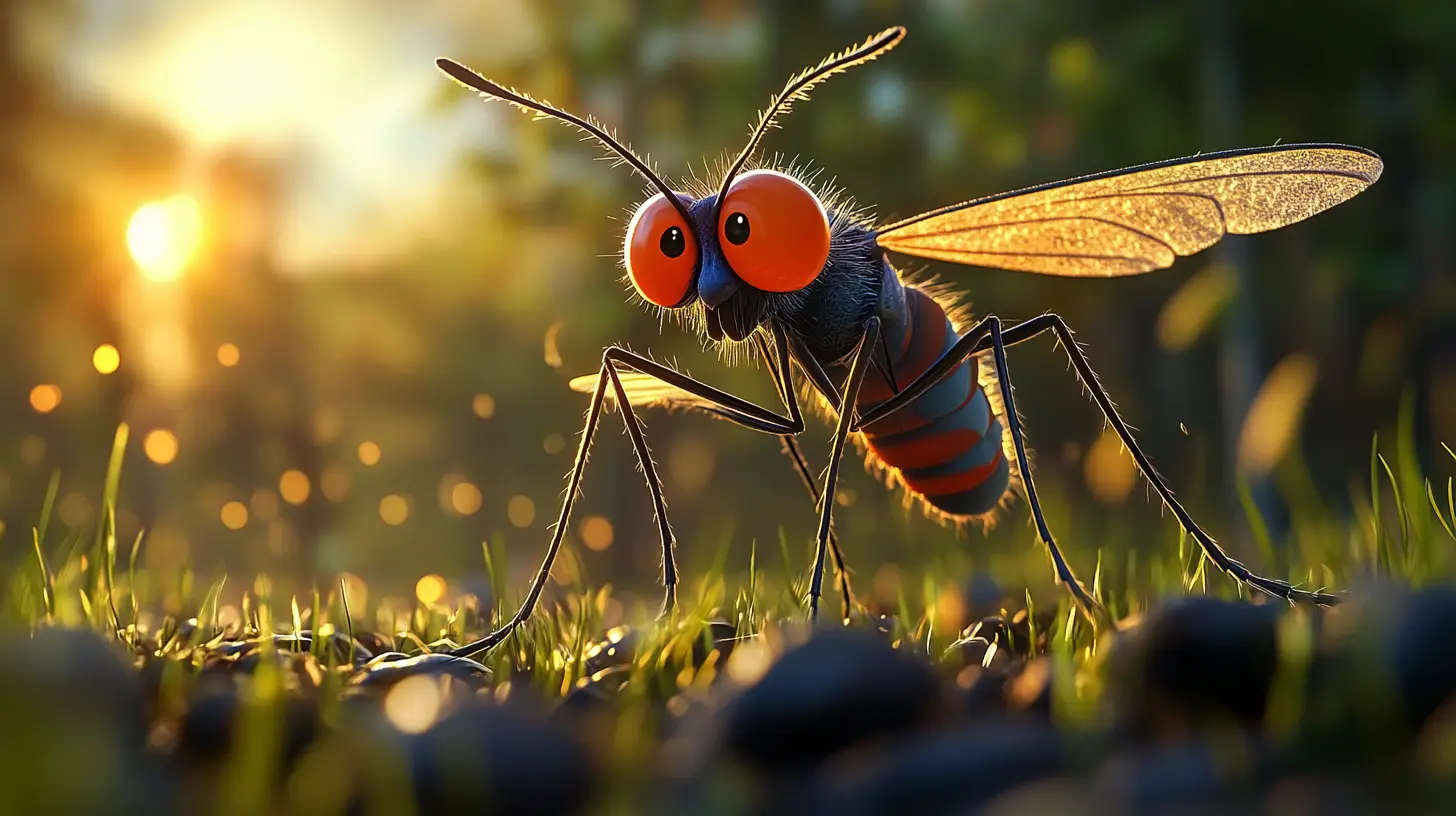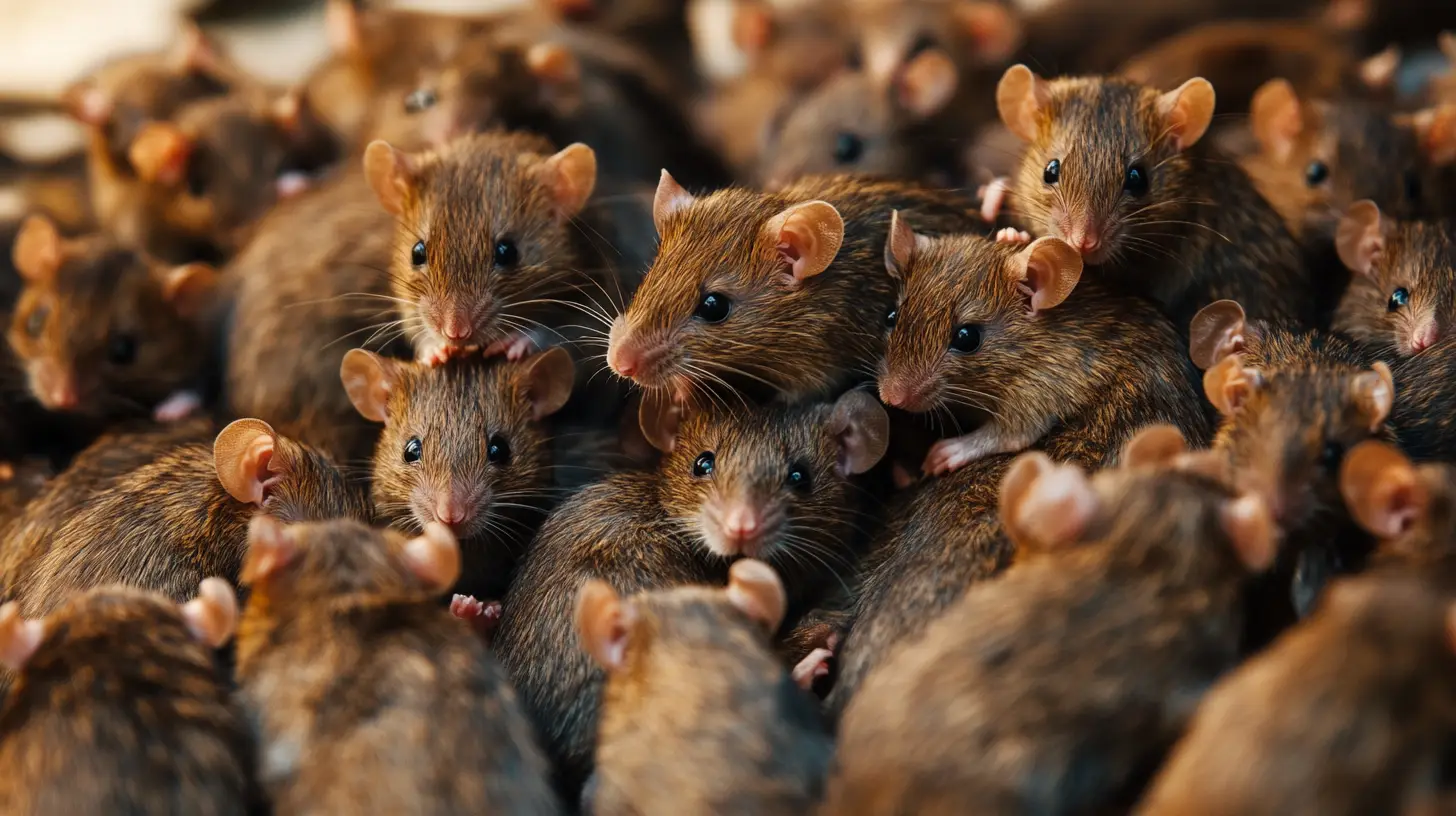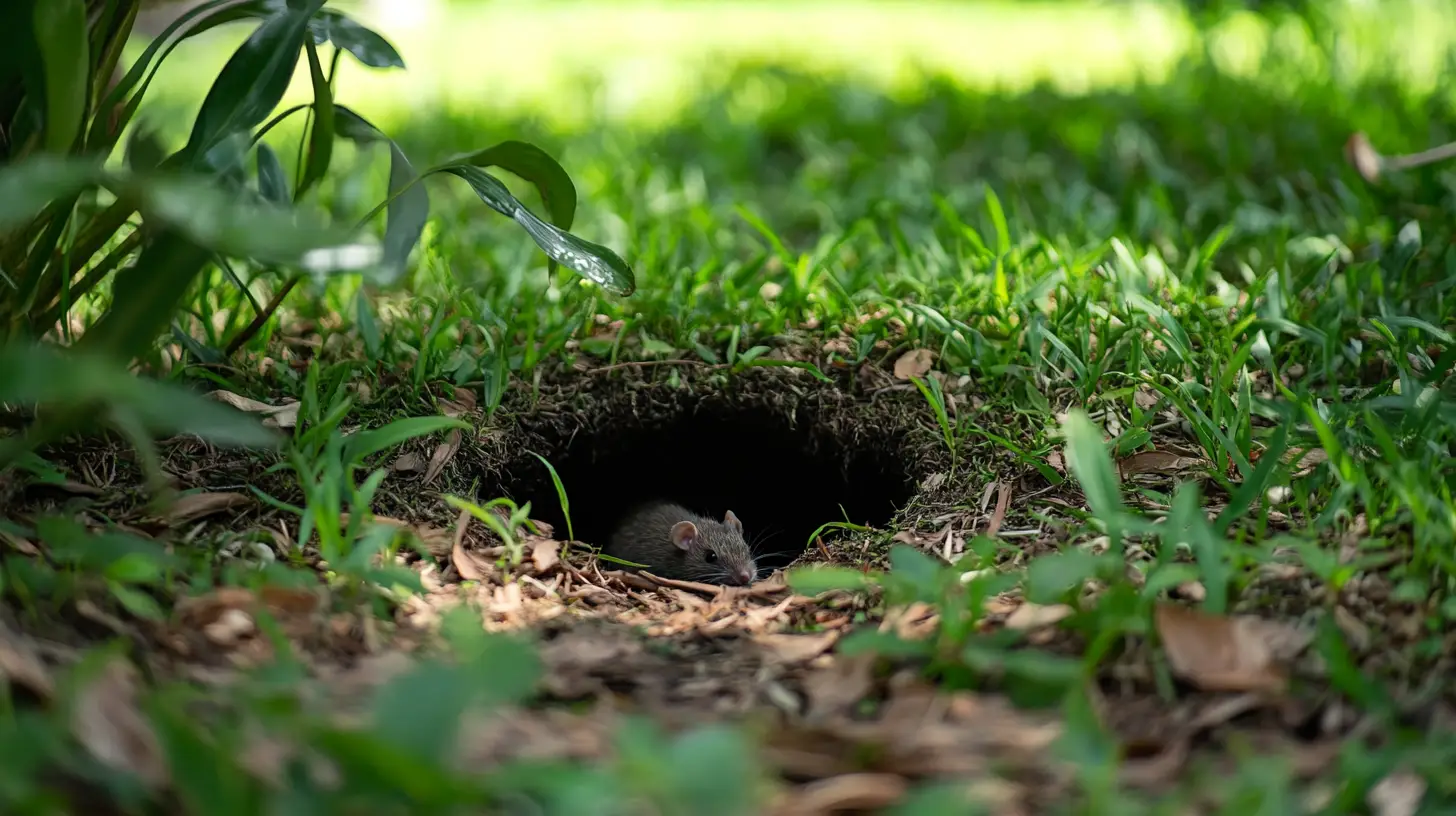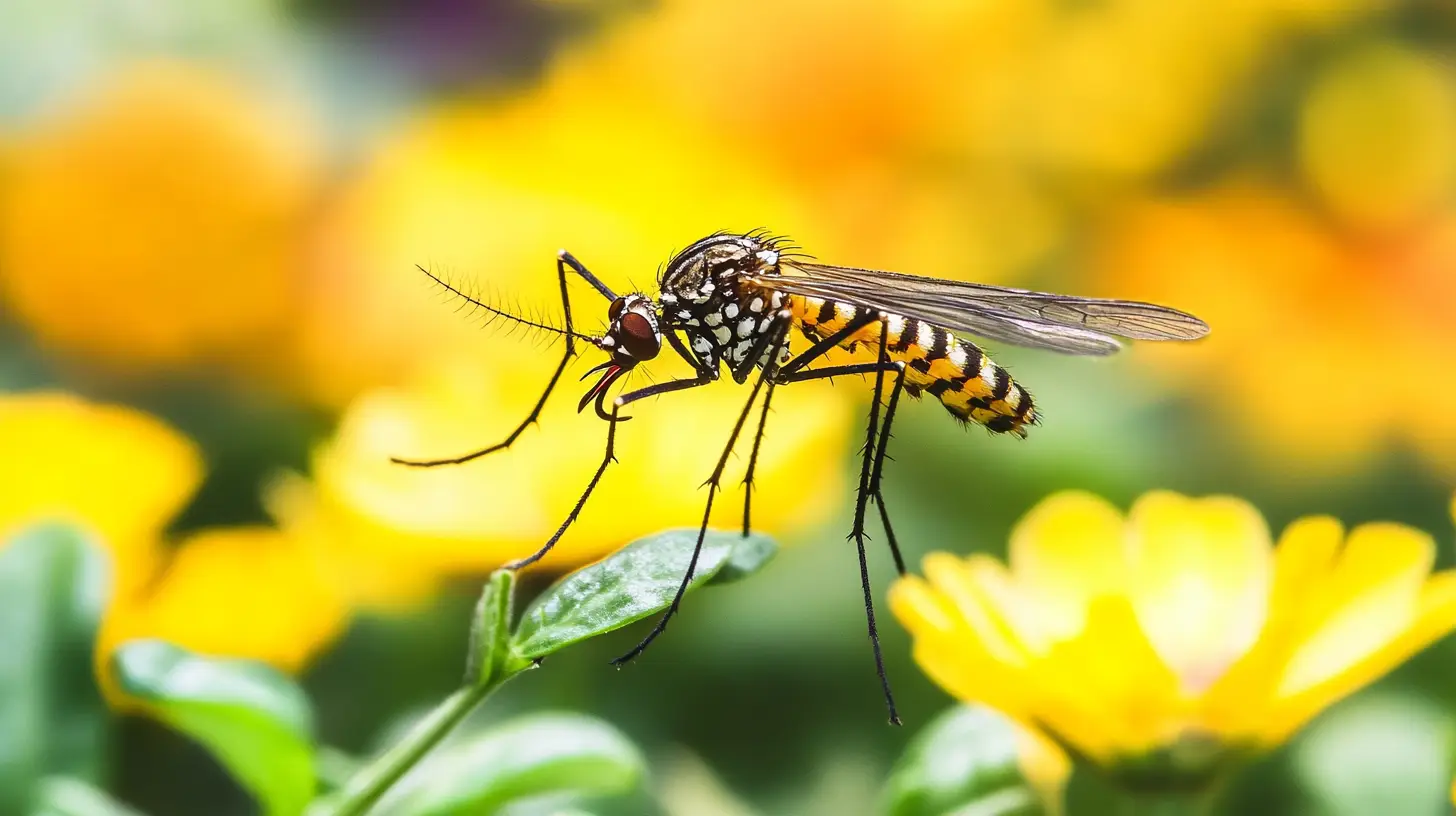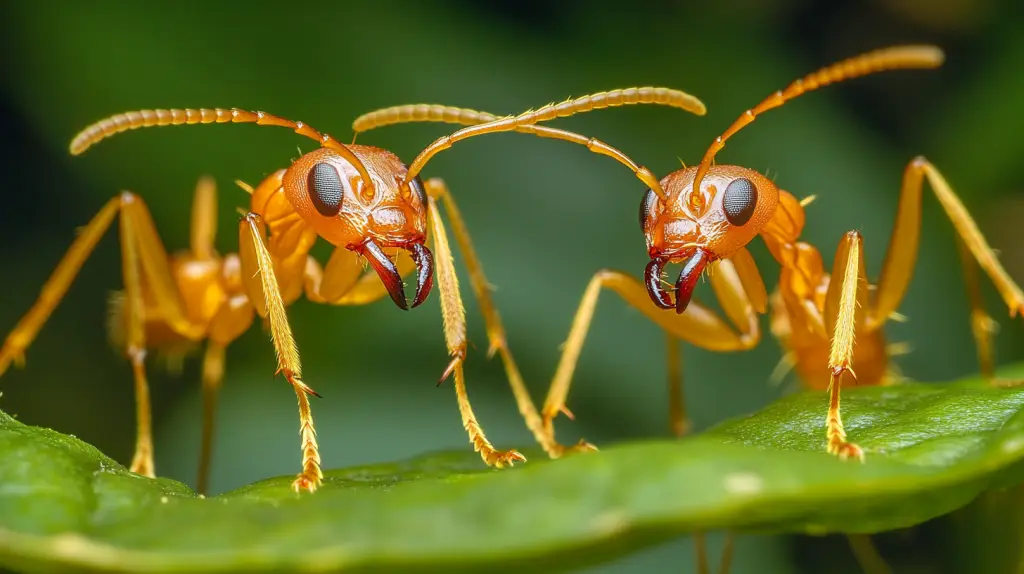
Table of Contents
Tiny but tenacious, Pharaoh ants are the kind of pests that sneak in unnoticed and quickly make themselves at home. Don’t let their size fool you—these little invaders are masterminds of survival, forming sprawling colonies that can multiply before you even know they’re there. Whether you’ve spotted a trail along your kitchen baseboards or found them foraging through your pantry, dealing with pharaoh ants requires more than a quick spray. Their ability to split colonies, nest in hidden spaces, and survive on nearly any food source makes them a frustrating challenge for homeowners across Lakewood Ranch.
But here’s the good news: With the right approach, you can win the battle against these persistent pests. In this guide, we’ll break down everything you need to know about how to get rid of pharaoh ants—from identifying their nesting spots and food preferences to implementing proven control methods. You’ll also learn why sprays can do more harm than good and how baiting strategies hold the key to long-term success. Ready to reclaim your home? Let’s dive in and make these unwelcome guests a thing of the past.
Key Takeaways
- Pharaoh Ant Characteristics: Pharaoh ants are very small, light yellow to red in color, without stingers, and form large colonies, making them tricky to detect and manage.
- Nesting and Foraging Habits: These ants prefer warm environments and are often found in hidden, indoor locations like wall voids. They have a wide foraging range, which increases the likelihood of infestation in kitchens and pantries.
- Signs of Infestation: Common indicators of pharaoh ant presence include visible trails of workers, large numbers of ants indoors, and a preference for sweet and protein-rich food sources.
- Effective Elimination Strategies: Utilizing baiting methods is more effective than sprays due to their colony-splitting behavior. Deep cleaning and sealing entry points are essential to prevent and manage infestations.
- Professional Help: If do-it-yourself extermination techniques do not work, consulting with pest control professionals can offer tailored solutions to handle pharaoh ant infestations comprehensively.
Tiny Size, Big Problem: How to Get Rid of Pharaoh Ants Effectively
Pharaoh ants, measuring just 1/16 of an inch (1.5–2 mm) long, might seem insignificant, but their ability to infiltrate homes and businesses proves otherwise. These persistent pests are known for creating large colonies that can be tough to eliminate. Their bodies range from light yellow to reddish, with a darker abdomen, making them challenging to detect, especially on light-colored surfaces. If you’re dealing with these invaders in Lakewood Ranch, you know firsthand the frustration they can bring.
Why Pharaoh Ants Are So Difficult to Manage
One of the main challenges in getting rid of pharaoh ants lies in their ability to split colonies. Known as “budding,” this behavior allows a group of workers and one or more queens to break off and form a new colony. Pharaoh ant colonies can contain multiple queens—sometimes hundreds—making them resilient against extermination efforts. This ability to form satellite colonies complicates control efforts, especially when using sprays, which may only stress the colony and cause it to scatter further throughout a property.
Pharaoh ants thrive in warm, humid environments, often choosing to nest indoors in hidden spaces like wall voids, electrical outlets, or behind baseboards. In places like hospitals, these ants pose a significant threat by contaminating sterile equipment and spreading bacteria, including Salmonella, Staphylococcus, and Clostridium. Because of their health risks, understanding how to get rid of pharaoh ants efficiently is crucial, especially in sensitive environments.
A Wide-Ranging Diet and Persistent Colonies
Pharaoh ants are opportunistic feeders with a varied diet that includes sweets, oils, proteins, and even dead insects. This diet flexibility allows them to survive in a wide range of settings, from kitchens to hospitals. Worker ants can live for up to 10 weeks, while queens may survive for up to 12 months, giving these colonies plenty of time to grow if left unchecked. Once established, pharaoh ants can spread rapidly, making it essential to act quickly when they are detected.
Signs of Pharaoh Ant Infestation
Spotting pharaoh ants early helps prevent the infestation from escalating. Keep an eye out for the following signs:
- Worker Ant Trails: Pharaoh ants often move in visible lines along baseboards or walls in search of food and water.
- Indoor Nesting Areas: Check behind appliances, inside wall voids, and electrical outlets, as these ants prefer warm, hidden spots.
- Widespread Foraging: These ants can travel far from their nests, making it common to see them in multiple rooms or even neighboring properties.
- High Numbers Over Size: Despite their small size, infestations usually involve large numbers of ants.
- Attraction to Food Sources: Kitchens and pantries are often targeted, with ants favoring sweets, oils, and proteins.
4 Ways to Get Rid of Pharaoh Ants
Successfully getting rid of pharaoh ants requires using the right strategies. Their colony-splitting behavior makes standard sprays less effective, so it’s important to focus on approaches that address the root of the problem.
- Use Baits, Not Sprays: Sprays tend to repel ants, causing them to scatter and form new colonies. Instead, opt for protein- or sugar-based baits, which these ants are naturally attracted to. Place the baits along ant trails and near suspected nest sites. Baiting allows worker ants to carry the poison back to the queens, eliminating the colony at its core.
- Clean Thoroughly and Frequently: Maintaining a clean environment is crucial for getting rid of pharaoh ants. Deep clean kitchens, bathrooms, and other areas where crumbs or spills might attract them. Pay special attention to under-appliance spaces and behind cabinets, where ants often find food and shelter.
- Seal Entry Points and Eliminate Moisture: Pharaoh ants are tiny and can enter buildings through the smallest cracks. Seal windows, doors, and any openings in walls or foundations. Repair leaky faucets or pipes to reduce moisture, as damp areas attract these ants.
- Consult a Professional Pest Control Service: If DIY methods don’t succeed, it’s time to call in the experts. Pest control professionals have experience dealing with pharaoh ants and can apply targeted treatments to eradicate the infestation. They’ll also help identify conditions that may have led to the problem and offer preventative solutions to avoid future issues.
What Causes Pharaoh Ant Infestations?
Pharaoh ants are drawn to homes and businesses in Lakewood Ranch because of the warm, humid climate. They seek food sources like sweets, oils, and proteins, often targeting kitchens, pantries, and bathrooms. Even a small crack or crevice can provide these ants with access to your property. Once inside, they nest in hidden locations, such as wall voids or electrical outlets, where they’re difficult to detect.
Poor sanitation, food spills, and unsealed containers create ideal conditions for these ants to thrive. The presence of moisture from plumbing leaks or condensation further attracts them, making it essential to maintain a clean and dry environment. Without proper management, pharaoh ant infestations can quickly escalate, thanks to their colony-budding behavior.
How to Keep Pharaoh Ants Away for Good
Getting rid of pharaoh ants is just the first step—preventing them from returning requires ongoing effort. Follow these tips to keep your home or business pest-free:
- Monitor for Activity: Check frequently for ant trails and inspect known entry points. Early detection is key to preventing full-scale infestations.
- Focus on Baiting: Regularly place baits in problem areas to disrupt colonies and prevent new ones from forming.
- Seal Cracks and Fix Leaks: Prevent ants from entering your home by addressing structural issues and eliminating sources of moisture.
- Clean Regularly: Keep your living spaces free of crumbs, food spills, and standing water to reduce attractants.
- Call a Professional: If you notice any resurgence of activity, bring in pest control professionals who can provide targeted treatments.
Pharaoh ants may be tiny, but their impact can be significant. Understanding their behavior and using the right extermination methods will help you get rid of pharaoh ants for good. With consistent effort and professional guidance, you can reclaim your space and prevent future invasions.
Frequently Asked Questions (FAQs)
What are pharaoh ants, and why are they a nuisance?
Pharaoh ants are small, light yellow to red ants, measuring 1.5 to 2 mm in size. They are a nuisance due to their ability to form large colonies, invade homes and businesses, and their resilience against traditional extermination methods. These ants can split colonies, making them particularly challenging to control without the right strategies.
How can I identify a pharaoh ant infestation in my home?
Key indicators of a pharaoh ant infestation include visible trails of worker ants foraging along surfaces, nests in secluded indoor areas, and a wide foraging range. They are often found near food sources such as kitchens and pantries. Early detection of these signs is crucial to prevent larger infestations.
Why do typical insecticide sprays fail to eliminate pharaoh ants?
Typical insecticide sprays can cause pharaoh ants to scatter and form new colonies due to their remarkable colony-splitting ability. This behavior complicates extermination efforts and often exacerbates the infestation. A more effective approach involves using baiting methods tailored to their behaviors.
What is the best method to eliminate pharaoh ants?
The best method to eliminate pharaoh ants is baiting, which targets their specific behavior and foraging patterns. Deep cleaning kitchens and bathrooms, sealing entry points, limiting food sources, and monitoring ant trails are essential parts of the elimination process. If DIY approaches are ineffective, consulting pest control professionals is advisable.
Why are pharaoh ants attracted to Lakewood Ranch homes?
Pharaoh ants thrive in warm environments, making homes in Lakewood Ranch ideal locations due to the climate. They exploit small cracks for nesting and are drawn to sweet and protein-rich food sources commonly found in kitchens and pantries, necessitating stringent sanitation measures to prevent infestations.
How can I prevent pharaoh ant infestations in my home?
To prevent infestations, maintain a clean environment by deep cleaning kitchens and securing food in sealed containers. Seal cracks and crevices to deter entry, and regularly monitor for trails of ants. Proactive steps, such as maintaining sanitation and addressing vulnerabilities, can significantly reduce the risk of infestation.

